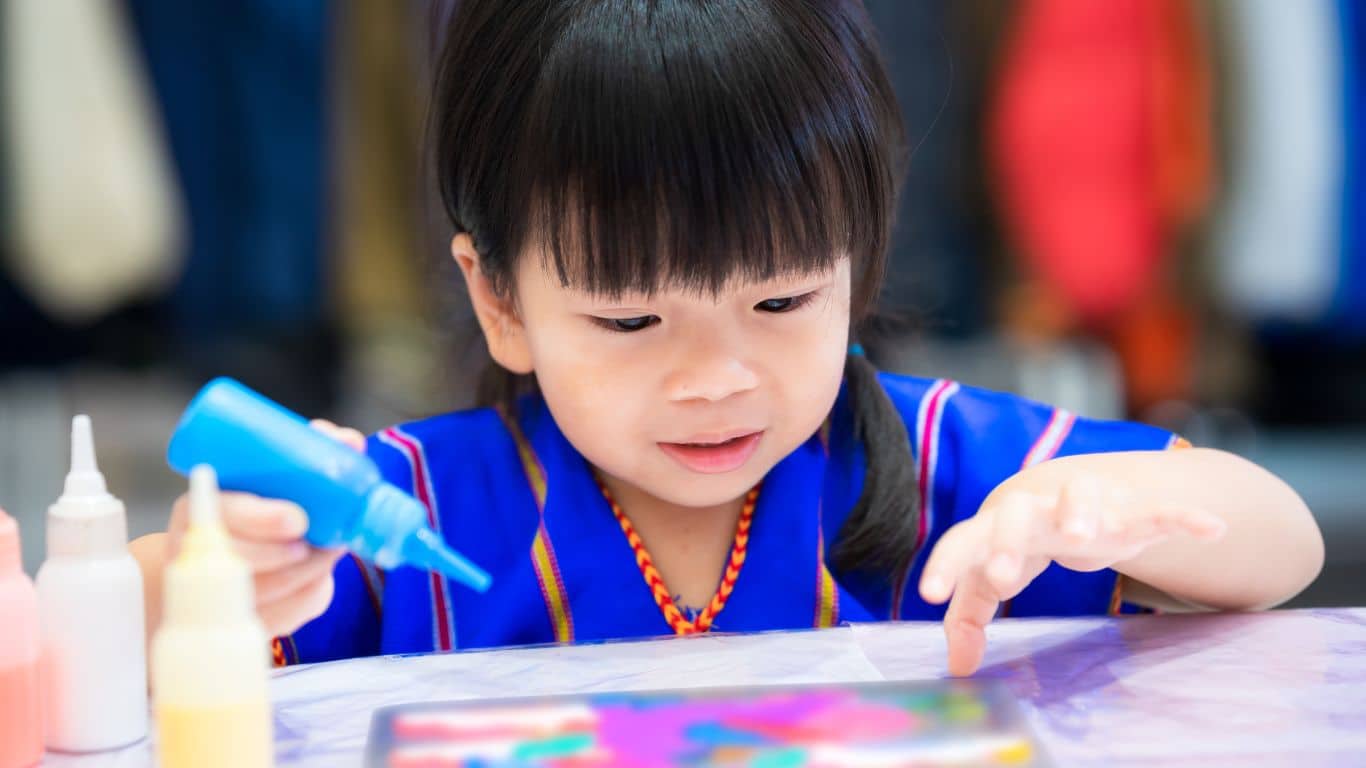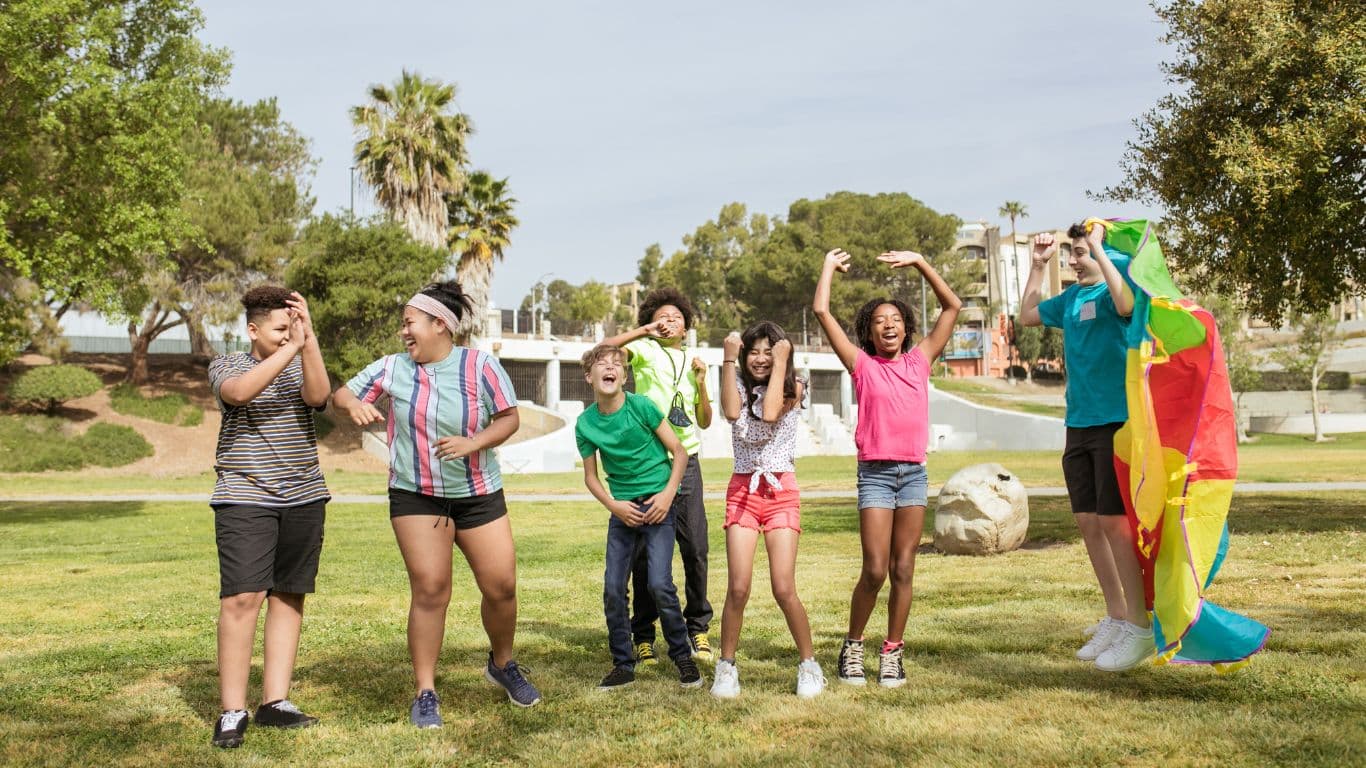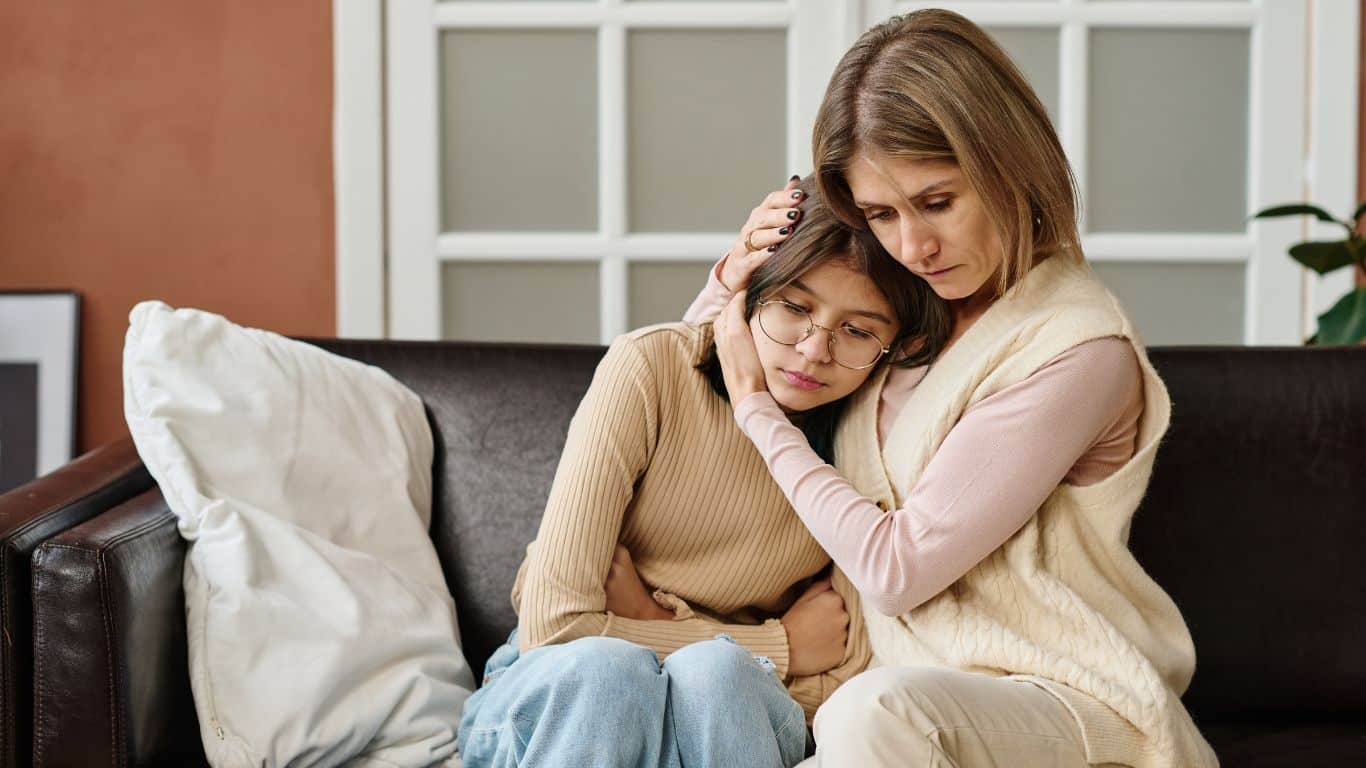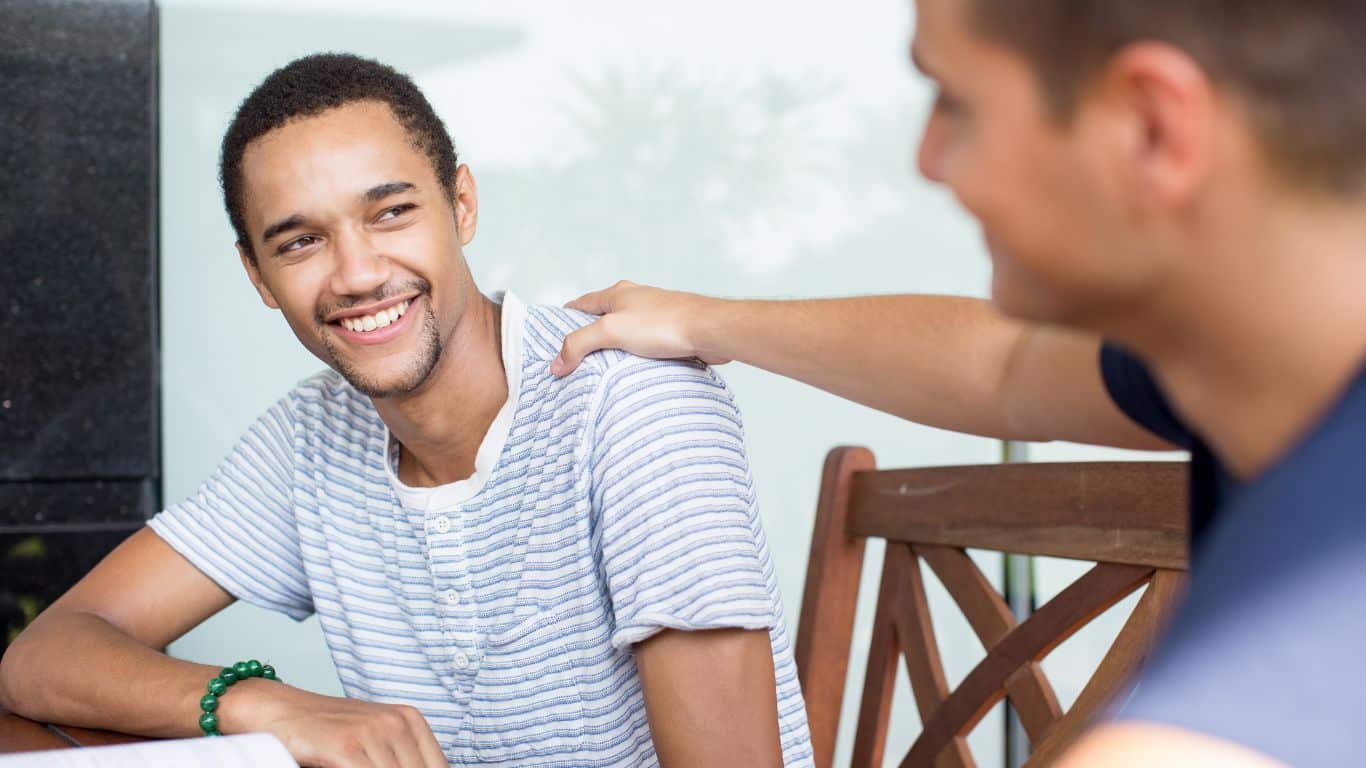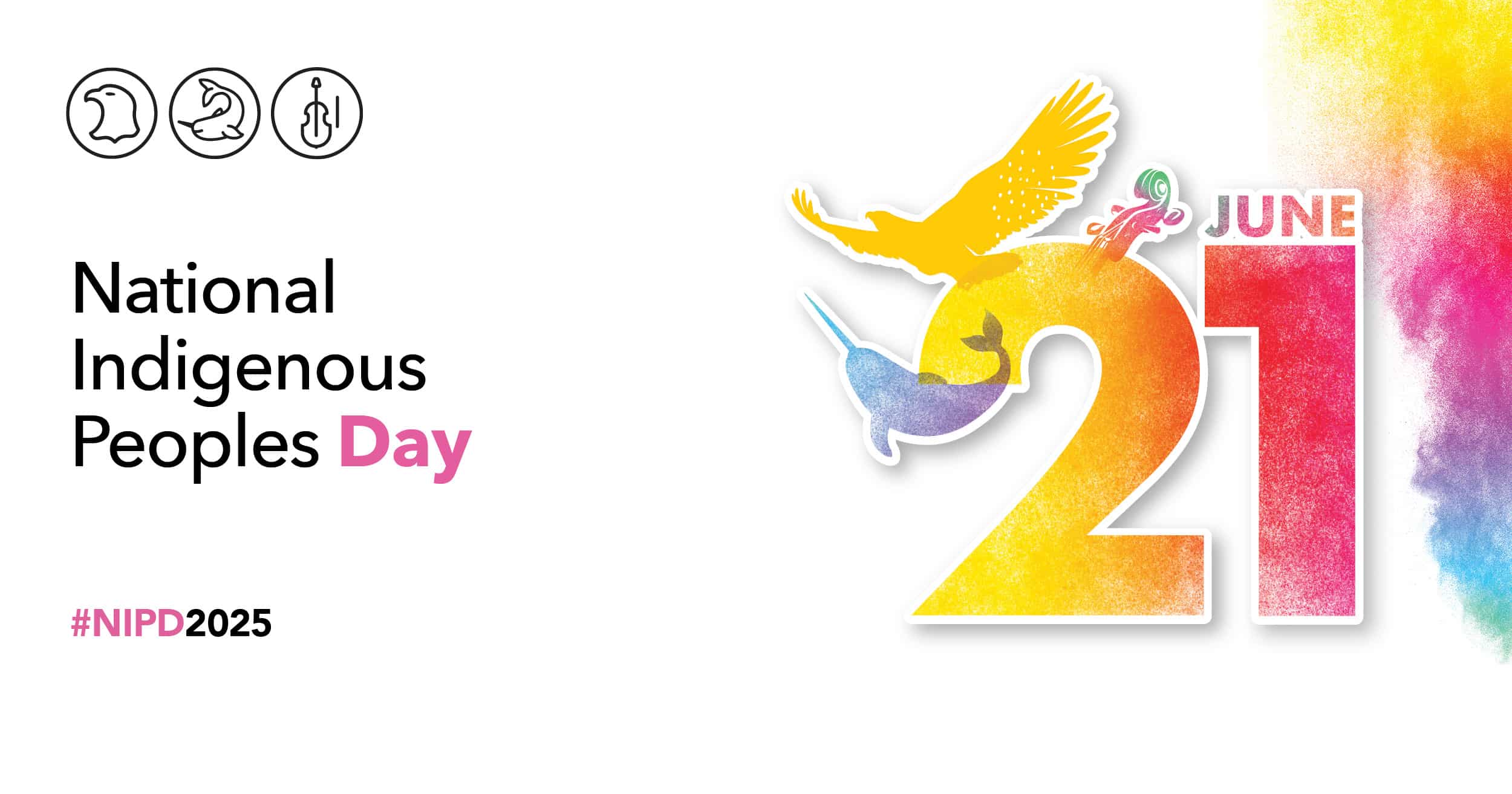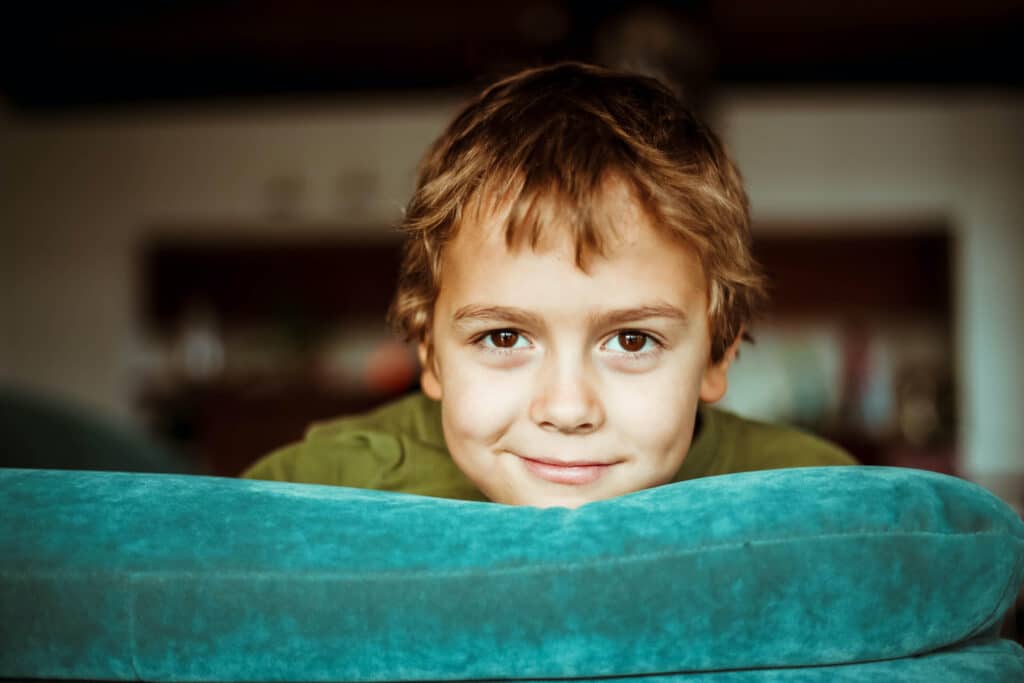Art therapy and adoption go well together. The creative process used in art therapy can assist children and adults to understand their feelings and experiences through non-verbal means. It can also assist with the development of social skills, the management of behaviours, the reduction of anxiety and depression, and it can heal trauma and increase attachment in relationships.
Art therapy uses simple art materials and there is no formal art training needed. It can be especially effective with children. Children may have difficulty expressing themselves verbally and the creative process can be fun and playful. The art process also puts children and adults on equal footing with each other whilst making art.
Images adopted children make during art therapy sessions can serve as a way to express their feelings about adoption when language is not yet developed. Images also serve to mirror back to a child his or her experience of the world. Art making also assists the child with cause and effect; for example, a shape that is drawn on paper is an outcome of the behavior of drawing and so may be linked to teaching the child about the link between behavior and outcome.
Art therapy can help school-aged children understand how they arrived in their adoptive family—pictures, photographs and travel memorabilia can be used for such projects. Art can also be pulled out over the years to enable a consistent understanding of adoption. Art making also encourages children and teens to talk more readily about adoption because an image can be used as a springboard for insight and courage.
With children diagnosed with ADHD, art therapy can be used to assist the child to center him or herself and to focus. For example, asking a child to colour or paint inside of a circle that is 10 inches in diameter encourages a child to learn how to manage his or her behaviour, or to self soothe thereby enabling the child to experience self-control and a sense of calm.
Adolescents can use art therapy to express more complicated feelings about adoption, their cultural history or their dual identity. The use of clay to mould, control or take frustrations out on can be useful to shift emotion and thought from a reactive to a problem- solving position. Assisting a teen to express grief and loss is central to healing in adoption.
Art therapy can be used to encourage attachment for all adoptive family members because the art serves as a playful activity to develop eye contact, touch, and creative interactions that are non-threatening for family members. Children who are anxiously attached can begin to use art making as a way to connect with images until he or she is ready to transfer trust to the parent. Directing a family to make a fantasy island, prepare for an adoption placement, or to prepare for a trip to a child’s homeland are a few examples of how art therapy can be used.
Lee Crawford is a Vancouver-based art therapist.

